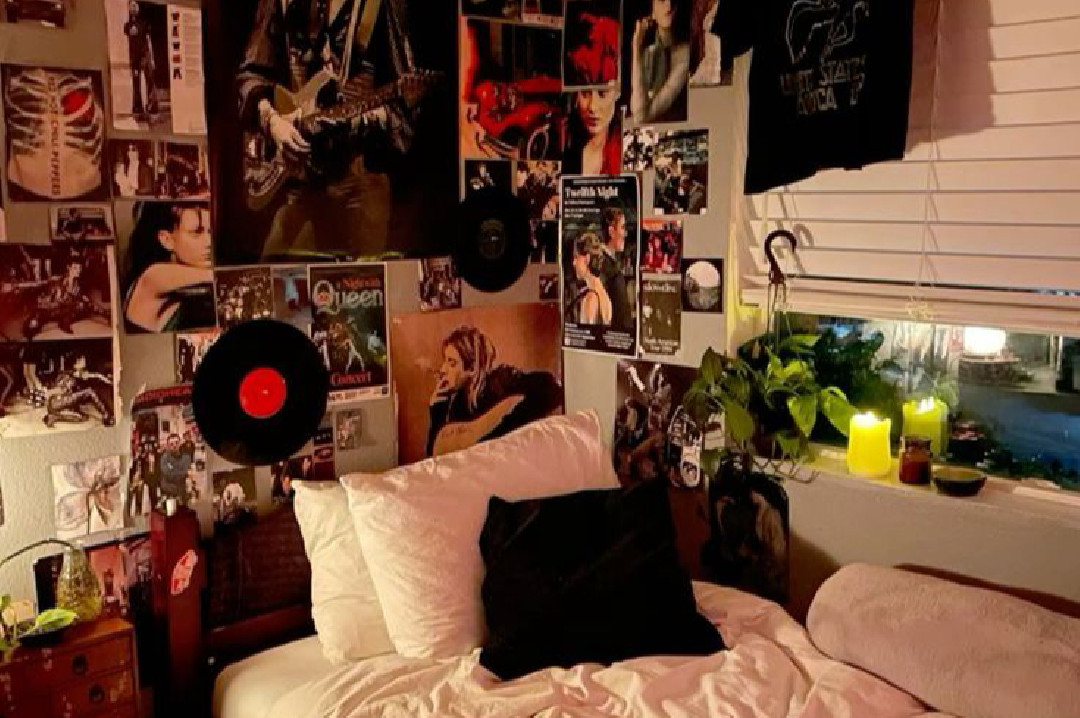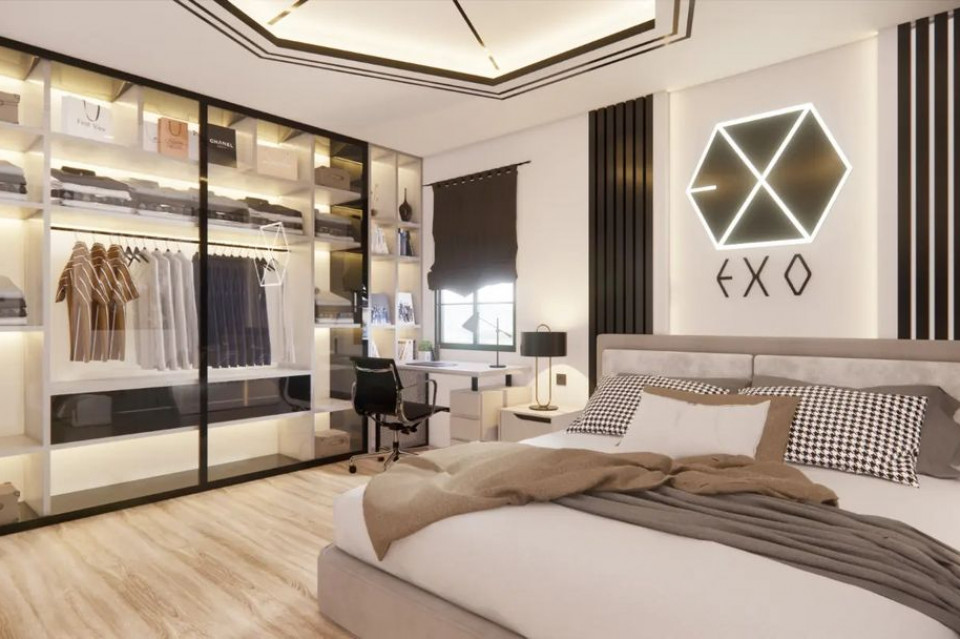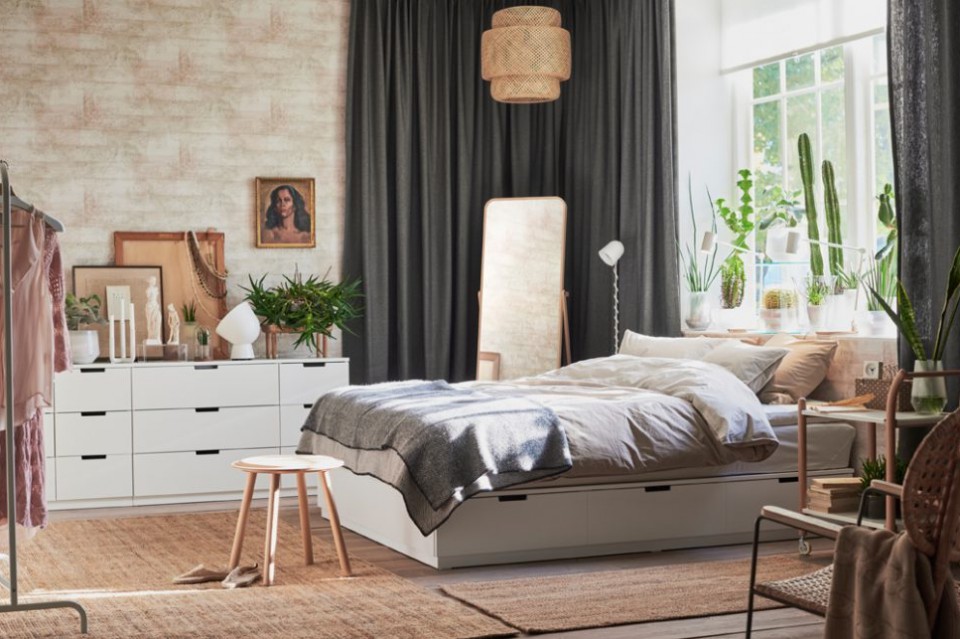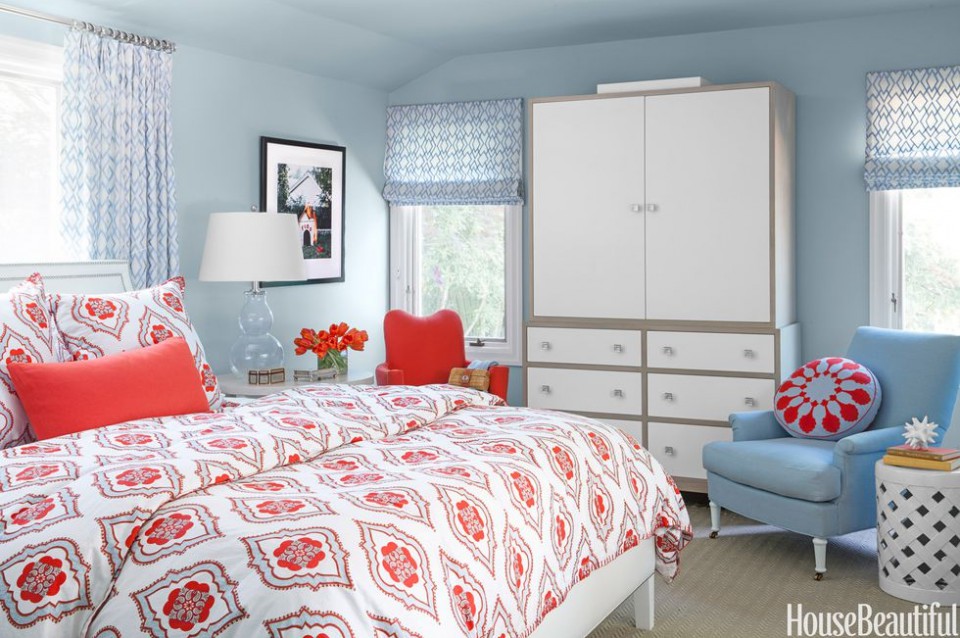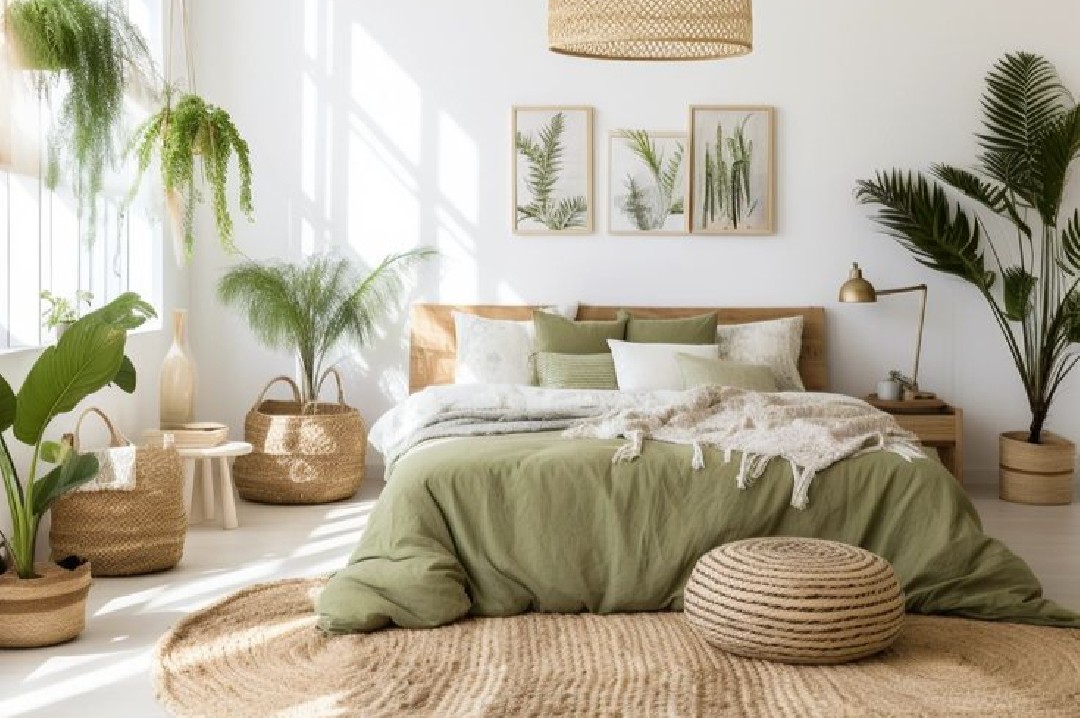Boarding Room Design: How to Combine Aesthetics and Functionality
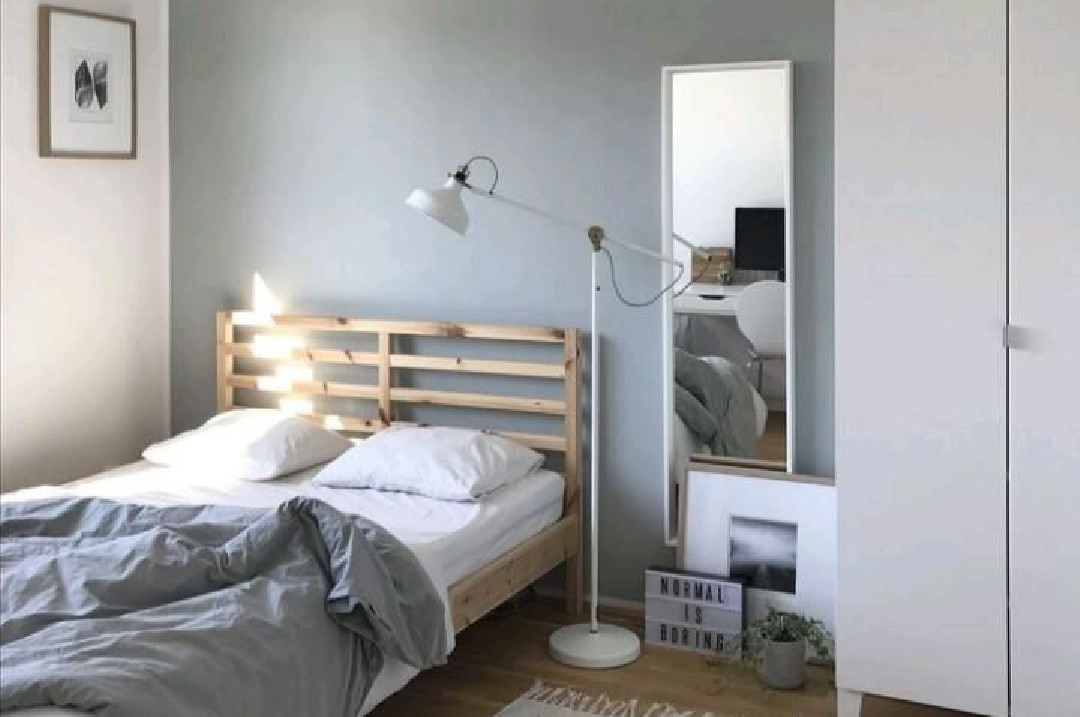
As children from overseas, the boarding house is the place where we will live while we migrate, and maybe that place will be the place that has the most memories because we will often do many things there. It's just that sometimes we will find problems regarding boarding houses that feel small and this is something that many people are concerned about because many boarding house children feel that boarding house rooms will feel cramped as the number of belongings increases, this problem is also often encountered by boarding house children, especially in big cities. As boarding house students we will often face challenges in arranging boarding rooms. With limited space, we need to be smart in choosing and arranging furniture so that our boarding room feels comfortable and functional. Apart from that, we also want our boarding room to be not only functional, but also aesthetic, so that it reflects a modern lifestyle and makes us feel at home in the room. This article will discuss how to combine aesthetics and functionality in designing a boarding room, with some practical tips and the right choice of furniture for limited space.
1. The Importance of Multifunction in Choosing Furniture
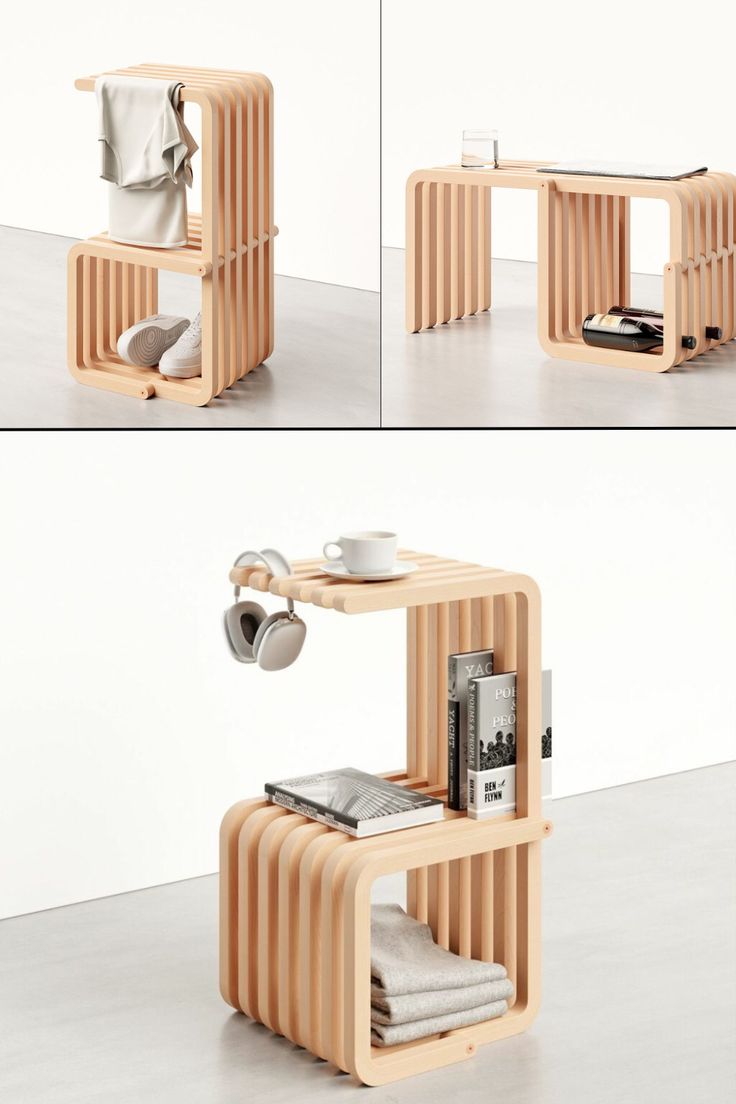
Limited boarding rooms mean that we have to think more about creating a room that has good function and allows us to maintain its aesthetics. For limited boarding rooms, multifunctional furniture is the main key. Choose furniture that doesn't just have one function, but can be used for various purposes. For example, a bed with drawers underneath or a folding table that can be used as a study table as well as a dining table. Furniture like this helps save space and keeps boarding rooms tidy.
2. Furniture Color Selection and Aesthetics

Color is important, especially for boarding rooms that are not large in size, so the color of the furniture can greatly influence the atmosphere of the room. For boarding rooms, it is recommended to choose neutral colors such as white, gray or beige, which give a clean and airy impression. These colors are easy to combine with other decorations, making it easier to create an aesthetic atmosphere without making the room look too crowded. However, if you want to add a color accent, you can choose a brightly colored pillow or blanket to give a personal touch without reducing the spacious impression. The priority here is to use neutral colors.
3. Optimization of Storage Space
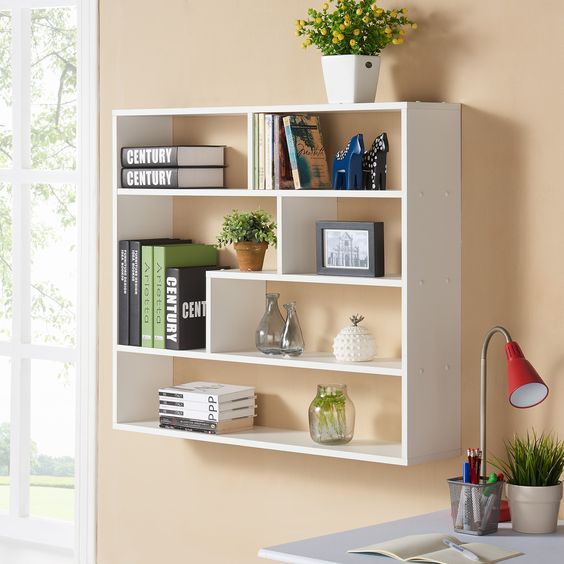
Boarding rooms usually don't have a lot of storage space, so it's important to maximize the space you have. Choose wall shelves to store books or study equipment, as well as storage boxes under the bed for items that are rarely used, so that we can make more optimal use of the space in the boarding house.
4. Lighting that supports aesthetics and comfort
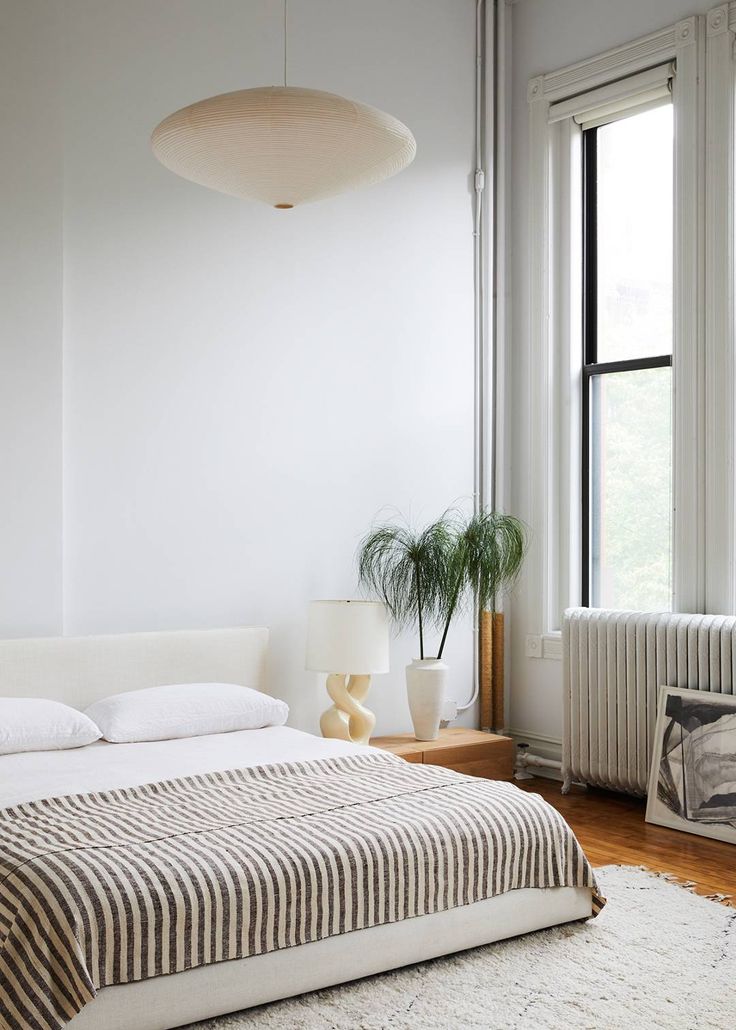
Lighting is often ignored, even though this is an important element in creating a comfortable atmosphere. We can use table lamps or hanging lamps that provide soft light in the room, thus creating a warm and comfortable atmosphere for studying or relaxing. Lamps with minimalist designs can also add aesthetics to a boarding room without making the room feel full.
5. Flexibility in Room Arrangement
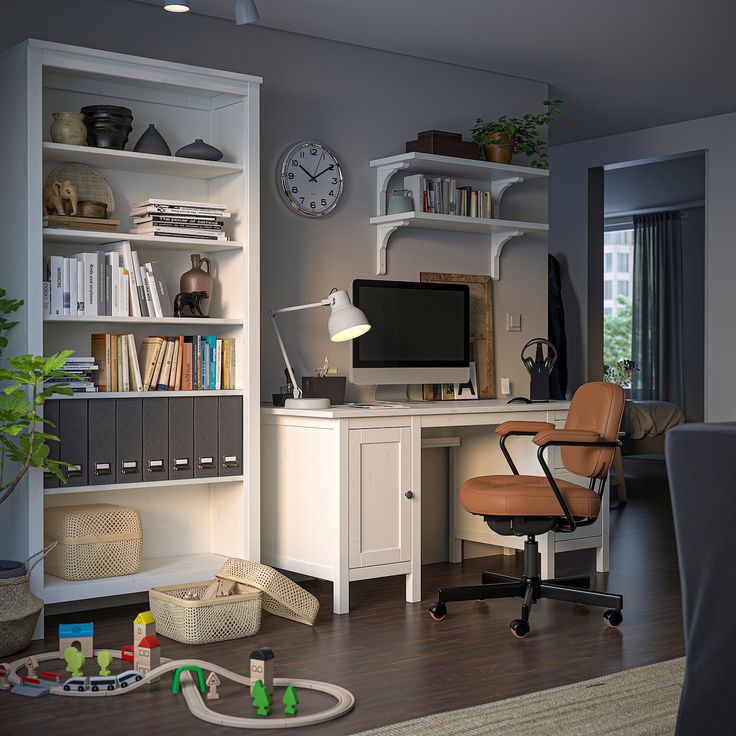
For small boarding rooms, flexibility is often needed in arranging items. Furniture that is easy to move and change position allows us to adjust the layout of the items according to our needs. Folding tables, light chairs or modular shelves can be the right choice so that the space remains dynamic and can be changed at any time.
From the 5 things above, we can already know what to do to make a boarding house room not feel cramped, but perhaps there will be some who are still confused about this, so here is a guide that can be done to make a boarding room room wider and more spacious. functions and here are things in more detail:
1. The Importance of Multifunction in Choosing Furniture
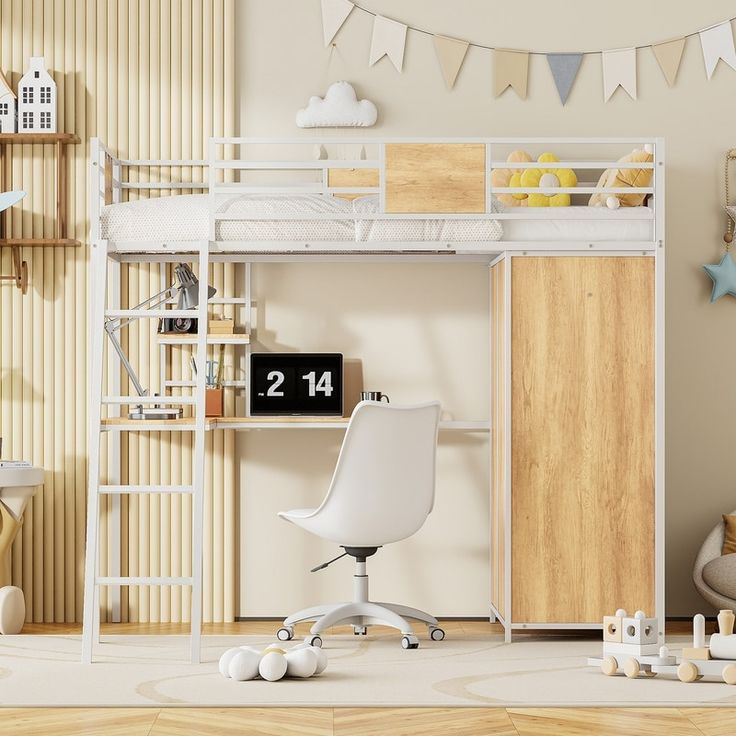
Multifunctional furniture is the ultimate solution for maximizing limited space. Here are some ways to apply this theory:
-Bed with Storage: Choose a bed that has drawers underneath or that can be lifted to store things. This drawer can be used to store clothes, books, or items that are rarely used, so that the room looks neater and more functional.
-Folding Table: If space in your boarding room is limited, a folding table is the ideal choice. You can use this table as a study or dining table, and when not in use, the table can be folded and stored in the corner of the room to save space.
-Sofa Bed: This is a practical solution if you often have guests or friends staying over. The sofa bed functions as a place to sit during the day and a bed at night, helping you maximize space without the need for additional large furniture.
2. Color selection and furniture aesthetics
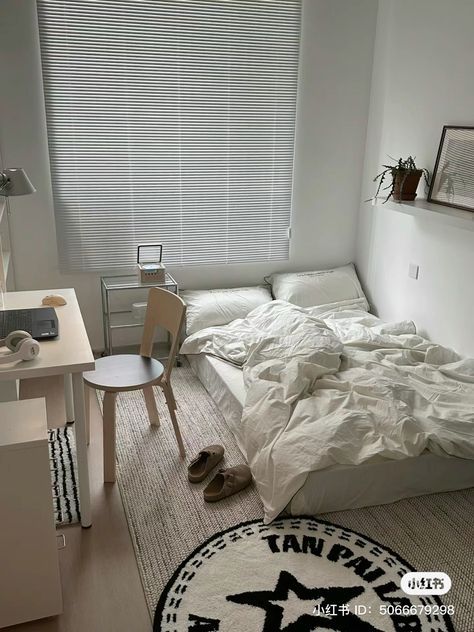
The color and aesthetics of the furniture greatly influence the atmosphere of the room. To apply this theory:
-Neutral and Light Colors: Use a neutral color palette such as white, gray, or cream on the walls and main furniture. These colors not only create the illusion of a larger space, but also give a clean and calm impression. To avoid a monotonous impression, add bright colored accents through pillows, blankets, or wall art.
-Furniture with a minimalist design: Choose furniture with a simple and minimalist design. Minimalist furniture tends not to take up a lot of space and is more flexible in its arrangement. Avoid furniture with details that are too complicated or colors that are too flashy because this can make the room look fuller and narrower
3. Optimization of Storage Space
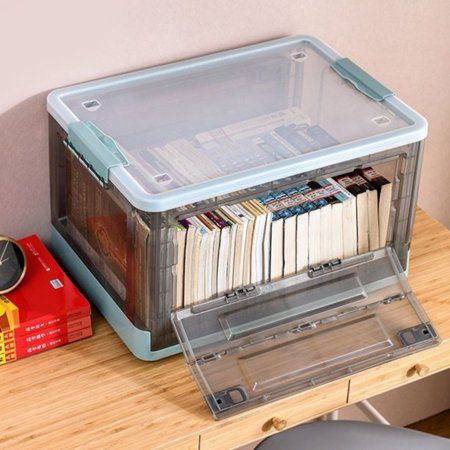
Storing items in your boarding room is often a challenge because space is limited. Here are some tips for maximizing storage space:
-Wall shelves: Instead of using cupboards or large shelves that take up space, use wall shelves to store books, decorations, or other small items. Wall shelves do not take up floor space and still provide adequate storage space.
-Use of Storage Boxes: Use storage boxes or containers that can be stored under the bed or in the corner of the room. This box can be used to store seasonal clothes, shoes, or items that are rarely used.
Make Use of Hangers Behind Doors: Install hangers behind doors to store bags, jackets, or accessories. This is a practical way to save floor space without sacrificing functionality.
4. Lighting that supports aesthetics and comfort

Lighting not only affects the aesthetics of the room but also your comfort. Here are some ways to apply this theory:
-Maximum Natural Light: If the boarding room has windows, make sure maximum natural light can enter. Avoid using thick curtains that block sunlight. Natural light can make a room feel more spacious and refreshing
-Soft and Aesthetic Lights: Use lamps with minimalist designs and warm light to create a comfortable atmosphere. A small table lamp or pendant lamp with soft yellow light is perfect for giving a cozy impression without sacrificing functionality
-Task Lighting: If you often work or study in your room, use a table lamp with focused light which helps increase productivity without disturbing the aesthetics of the room.
5. Flexibility in Room Arrangement
Flexibility in room arrangement is very important in small boarding rooms. Here are some tips for keeping space flexible:
-Furniture that is easy to move: Choose furniture that is light and easy to move. For example, folding chairs or modular shelves that can be easily moved and rearranged according to needs. With flexible furniture, you can change the layout of the room at any time without much effort.
-Modular Layout: Arrange your furniture with a modular concept, where each part can be moved and used for various purposes. For example, a folding table that can be used as a study table during the day and a dining table at night
-Functional Zones: Create functional zones in your room. For example, create a corner for working, a corner for relaxing, and a corner for sleeping. By dividing these zones, the boarding room feels more organized and focused on functionality without feeling cramped.
By designing boarding rooms that combine aesthetic beauty and space efficiency, we not only create a functional residence, but also experience a peaceful and comfortable atmosphere to live in.
Hopefully the guide in this article can be of help to boarding house children who want to make their boarding room a comfortable place that can be easily changed at any time.


